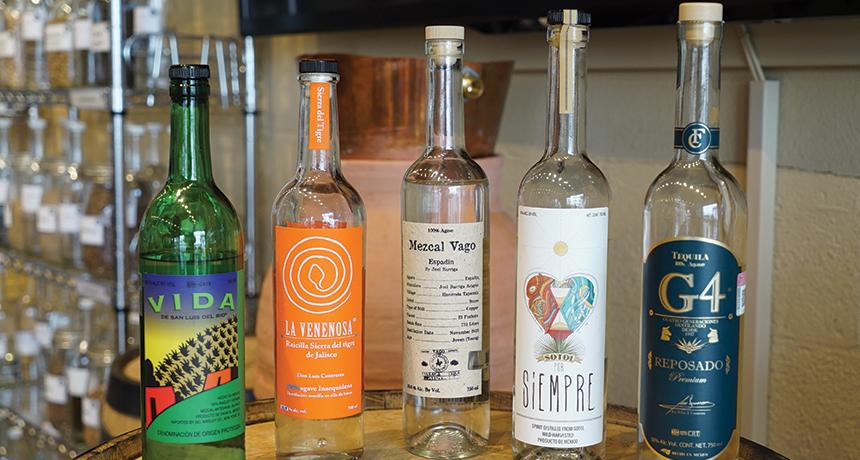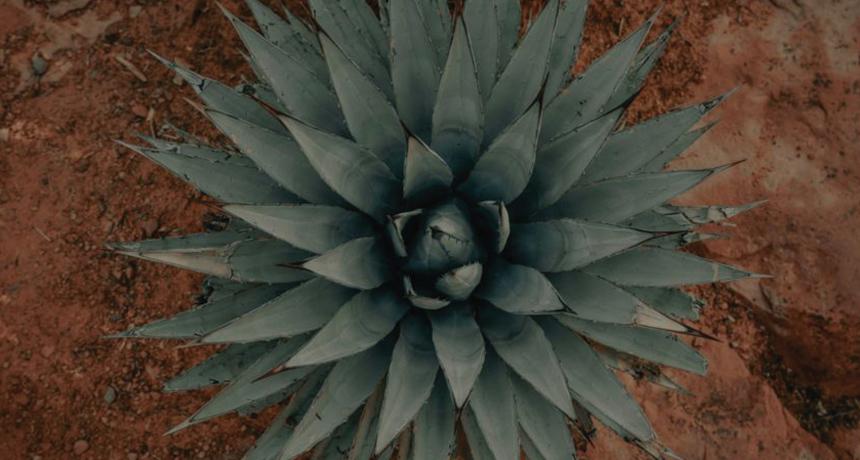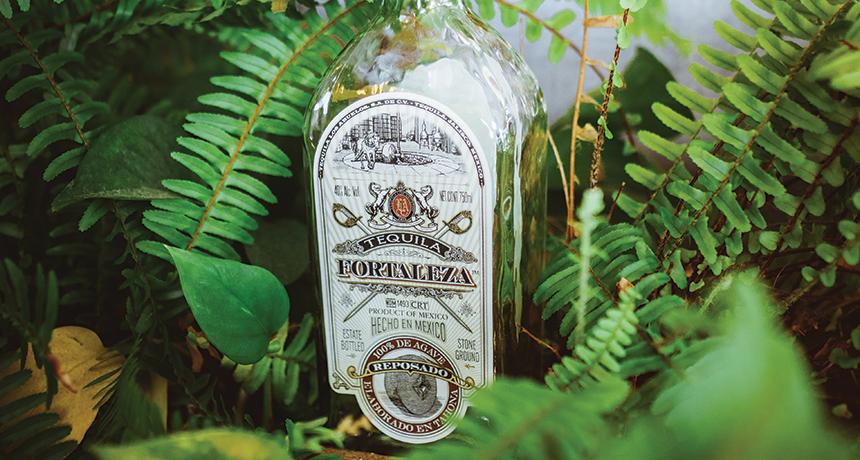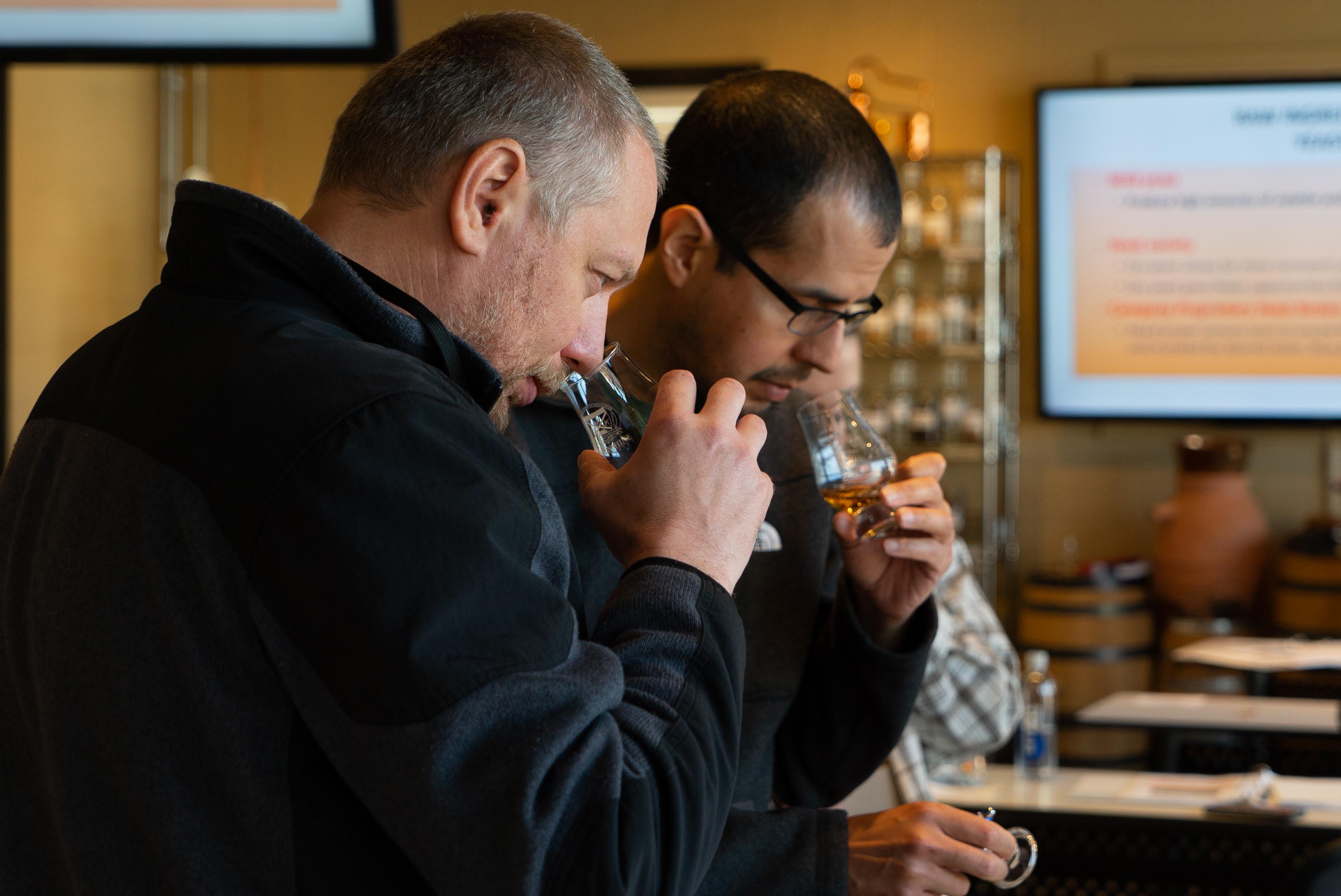
The Art of Non-Alcoholic Spirits
blog
For decades, spirits and cocktails have fostered a culture of craft, connection, and celebration. But over time, cocktail culture has evolved far beyond the buzz!

Written by Kobe Desmet, Brand Ambassador at Tequila Fortaleza
The world of agave spirits may seem daunting at first- the more you know, the more there is to discover! But don't worry. If you're at the beginning of developing your knowledge of this unique style of spirits, the best place to start is with the base itself, the agave.
The agave genus has been around for thousands of years; naturally, it has developed a rich history during that time. Once a holy plant for the Aztecs, the agave has since become a critical source of food, utilities, and pride for the Mexican population. It also happens to be responsible for the origin of some of my favorite spirits (but more on that later).
Part of the asparagus family, this incredible plant has adapted well to its rocky, mountainous environment. Spikey leaves protect its sweet center from unwelcome predators. Its long stalk (called the quiote) can grow up to 20 feet and keeps the delicate seeds out of harm's way so they can blossom- something that only happens once in an agave's lifetime.

The elements are no threat to this incredible plant, which has found ways to stay alive in the scorching sun and limited rain conditions of Mexico. Opting for the safety of cooler evenings, the agave performs the bulk of its photosynthesis at night. This is also when the pores of the agave can open, allowing it to drink deeply from stores of rainwater caught and held by its thick leaves.
With 252 different species, the agave is a true masterpiece of evolution.
Back to the world of spirits! After all, we're not biologists but consumers of the finer things in life. Tequila, mezcal, raicilla, bacanora, and sotol- the primary difference between these five spirits is region. Like champagne, cognac, and bourbon, a denomination of origin plays a big part in how they are understood. Let's dive into some of these identifiers:
The most famous of all agave spirits is undoubtedly tequila, but you might be surprised to learn that before tequila got its name, it was called mezcal.
Mezcal (which we discuss below) comes from the Nahuatl words Metl and Ixcalli, which mean "agave" and "cooked;" so every spirit that involves cooking agave is a mezcal of sorts.
Tequila as we know it today started off as a "Vino de Mezcal de Tequila." You might be aware that Tequila is a town in the middle of the state of Jalisco. The producers there was so confident of the quality of their mezcal, that the name of the spirit itself eventually turned into tequila.
While tequila can originate from five different states, the whole of Jalisco is the center of its production and home to approximately 99 percent of all tequila. The other four states include Tamaulipas, Nayarit, Guanojuato, and Michoacan, which make up for the remaining one percent.
Even though it is one of the most regulated spirits in the world, it can be difficult for uneducated consumers to find a quality product. When the label only reads "tequila," all that means is that it contains at least 51 percent of spirits derived from Blue Weber Agave- the rest can come from other sources, typically sugar cane-based spirits. If you want the real stuff, look for "100% agave" on the bottle.

Another thing to consider- by law, tequila can contain up to one percent of additives, including caramel extract (for color), glycerine (for a smoother mouthfeel), oak-extract (for an aged taste), and sugar-based syrups (which can provide just about any flavor you like). Needless to say, these additives can alter and sometimes even overpower the natural flavor of the agave. Research what's in your bottle to find a truly authentic product.
Mezcal has one of the broadest denominations of origin in the spirits world, spanning 9 Mexican states: Oacaxa, Puebla, Durango, Zacatecas, Michoacan, Guerrero, Tamaulipas, San Luis Potosi, and Guanojuato. While Oaxaca produces the most mezcal and gets the most attention for it, some of the best mezcal I have ever tasted has come from the other states.
Technically, mezcal can be made from any of the 252 types of agave, but there are only 50 that are utilized. But even with this variety, the most popular is Espadin, used in 85 percent of all mezcal. Whatever strain is chosen, only 100 percent agave is allowed in mezcal production. Added sugars are not permitted.
Raicilla is, in essence, exactly the same as mezcal- but since it is not made in one of the previously mentioned states, it goes by another name.
Raicilla derives from the Western side of the state of Jalisco. Rhodacante is the most popular agave varietal used in its production. Often distilled only once, this spirit is often described for its signature green and herbal notes. It has yet to see the widespread popularity of a mezcal or tequila. For now, it remains a regional favorite.
This spirit can only be found in the mountains of Sonora, a state in northern Mexico. It is generally made with only one species of agave, a variant of the Espadin.
History plays an important part in the production of this spirit, sometimes referred to as Mexico's version of moonshine. In the early 1900s, the Governor of Sonora was a devote Christian and saw alcohol as a sin. Production and consumption were strictly forbidden during his tenure, so all the producers of bacanora went underground with their spirit.
After his death, the consumption restrictions were quickly reversed, but the law somehow left out the production part. This remained through the 1990s and by the time restrictions were lifted, these producers were already so accustomed to its illicit status that it was difficult for them to update their methods and re-brand the spirit.
To this day, very few brands have commercialized bacanora, with even fewer holding an export license. This continues to be a spirit best purchased and enjoyed on site.
Sotol is an agave spirit that is technically not really an agave spirit. Yes, you read that right.
While the base plant, Dasylirion or Desert Spoon, is also in the asparagus family, it is not classified as an agave. Still, the spirit is often roped into the category.
Sotol is produced in the states of Durango, Chihuahua, and Coahuila, and shares some of the same production methods as a mezcal. As of recently, the spirit has begun to gain momentum thanks to the rising popularity of other agave spirits.
It is highly probable that you now have more questions than you had before reading this piece; luckily, we have you covered. Check out Tequila & Mezcal: The Complete Guide to learn more.
Interested in advancing your knowledge of distilling and the spirits industry? Check out Moonshine University's upcoming courses to learn from the best in the business.
Written by Kobe Desmet, Brand Ambassador at Tequila Fortaleza & Co-Author of Tequila & Mezcal: A Complete Guide

blog
For decades, spirits and cocktails have fostered a culture of craft, connection, and celebration. But over time, cocktail culture has evolved far beyond the buzz!

blog
Those that are familiar with the process of crafting distilled spirits may also be familiar with the 10 common congeners that are created during fermentation, and honed during the distillation run. Each congener has its own distinct personality, rendering unique tastes and aromas to the finished spirit.

blog
So, you want to start distilling with freshly milled grain. Maybe you're tired of paying top dollar for the pre-milled stuff from the malt distributor, and you're ready to invest in the quality, efficiency, and bulk pricing that comes with milling your own whole grain. But where do you start?